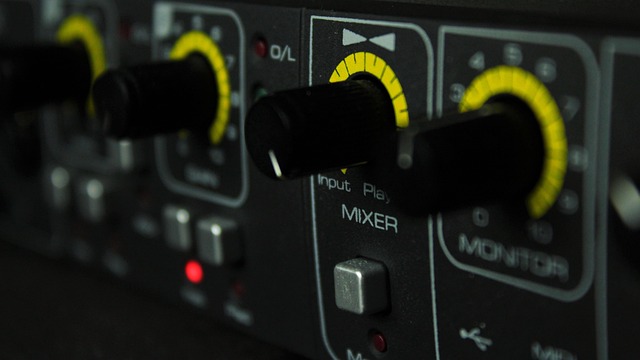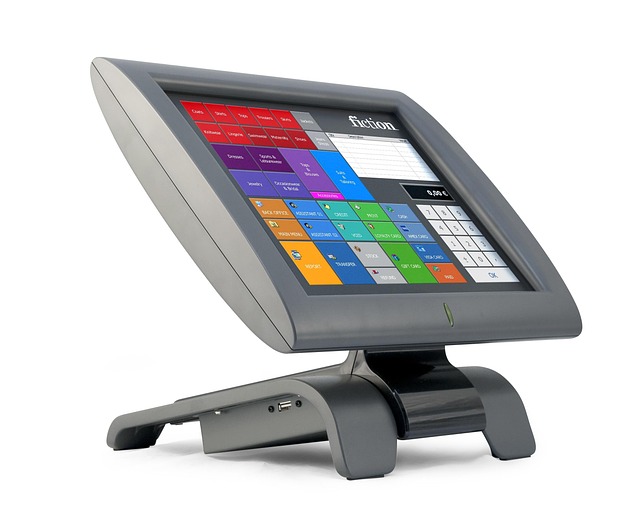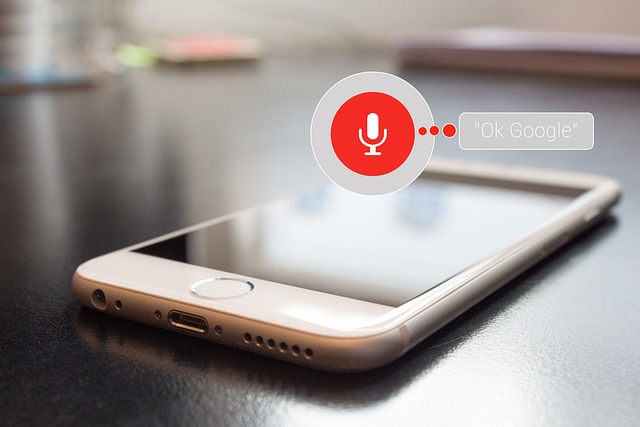Revolutionizing Interaction: The Future of Sound Interfaces in Robotics and AI Automation
Imagine a world where machines don’t just respond to simple commands, but where they understand tone, emotion, and context through sound. This is the evolving reality brought forth by sound interfaces in the realm of robotics, artificial intelligence (AI), and business automatisation.
In today’s rapidly advancing technological landscape, interaction is no longer confined to keyboards, screens, or touch. Instead, the sound interface is becoming the bridge between humans and machines — a natural and intuitive mode of communication that empowers seamless collaboration.
The Role of Sound Interfaces in Robotics
Robots equipped with sound interfaces are transforming how we perceive robotic assistance. By processing audio inputs not just as commands but as communicative expressions, robots are able to respond more empathetically and accurately. This sophistication allows robots to function in environments ranging from healthcare to manufacturing, where understanding nuances in a human voice can mean the difference between success and failure.
Artificial Intelligence Amplifies Sound Interaction
AI-powered sound recognition systems can now analyze complex voice patterns, ambient sounds, and even emotional cues embedded in speech. This deeper comprehension helps in building more personalized and adaptive interactions. For instance, virtual assistants and chatbots employing advanced sound interfaces can adjust their responses based on a user’s mood or urgency, making technology far more relatable and effective.
Automatisation in Business: The Sound Advantage
Businesses embracing automatisation with sound interface technology are witnessing a revolution in operational efficiency. Customer service bots that can handle inquiries through voice reduce wait times and increase satisfaction. Voice-activated control over machinery or systems streamlines workflows, minimizing human error while maximizing productivity.
What makes sound interfaces so compelling is their ability to preserve the human element in a technologically driven world. They capture the subtlety of communication — the emotional inflections, the immediacy of spoken words — allowing businesses and developers to craft experiences where interaction is natural, dynamic, and deeply human-centered.
As we move forward, the fusion of sound interface technology with robotics and AI will not only shape how machines operate but also redefine our relationship with technology itself. It’s a future where interaction feels less mechanical and more meaningful, fostering a world where automation and human connection coexist harmoniously.



